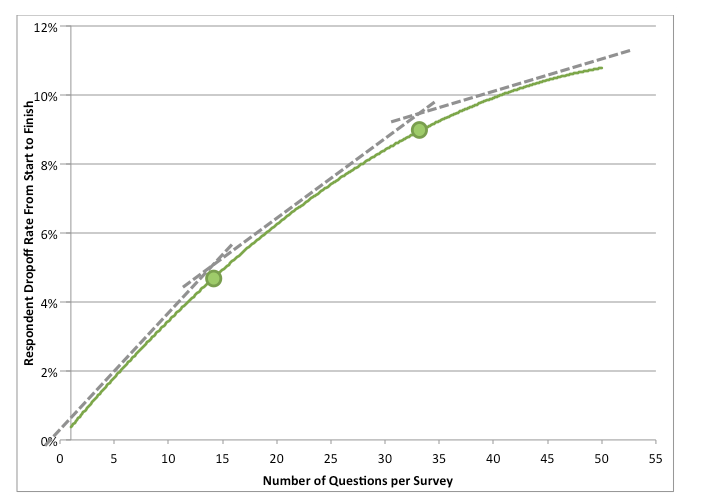Written by: Vivek Jaiswal | Co-founder, Customer Guru
While Net Promoter System® (NPS) is quite easy to understand, it is still fairly new as a concept. As more literature is published on how to make the best of NPS and the Voice of Customer (VoC), it is also becoming difficult to find best practices when implementing NPS or VoC process in your organisation. I came across the “Ultimate List of Net Promoter® Best Practice Tips” that contains close to 40 tips, and thought of sharing the ten easiest and simplest ones as an excerpt. Anyone interested in going through the entire list may visit the blog originally posted by Adam Ramshaw. For those looking for a quick bite, read on…
1. Keep in mind that NPS is not a market research tool
NPS is a measure of your customers’ experience and loyalty with your brand. It is meant to be short and sweet, unlike most market research. Most importantly, it is an operational tool that triggers action while market research is ‘research’ that is passive and is meant for knowledge building.
Both are great tools but are meant for different purpose and have different end goals.
2. Close the loop
It is probably THE most important thing to do from the very beginning of any customer feedback program. Irrespective of what metric is used, closing the loop will improve customer engagement as well as create promoters just out of sincerely following through with customer feedbacks. Implementing service recovery or an account review meeting based on customer feedback will help recover detractors. But reaching out and thanking your promoters for their support is equally important; do not overlook the goods.
Closing the feedback loop is critical, it should be a part of everybody’s activity list.
3. Read the verbatim, they are a gold mine of information
First of all, it is purely out of respect for the time your customers invest in sharing their feedback that you should read every comment. But when tons of automatically analysed and beautifully reported data is available, why would you want to read through the free text comments, right? Wrong, because:
- 1 in a 1,000 customer survey responses is the gem of a business transforming idea – you don’t want to miss that right?
- 4% of responses ask you to take an action for the customer, including providing a quote for more business – again not something you want to miss.
4. Share customer comments across the organisation
Sharing your customers’ voice internally brings everyone closer to your customers. Don’t just share the good feedbacks but also the bad ones. It keeps employees motivated as well as on their toes at the same time.
5. Have the right attitude towards customer feedback
Every company has flaws and it’s best to acknowledge them. Customer feedback is like a mirror for an organisation, showing what is what. Abstain from shooting down customers feedback by saying ‘the customer doesn’t understand the process’ or ‘that was a one off’. If customer feedback is embraced with the right attitude it could really transform your organisation by continually improving and fixing problems that customers are pointing out.
6. Frontline employees know your customers best, get them involved in the process
Frontline employees would feel more committed to the success of the NPS program if they are involved directly in improving it. More over, most of the customer issues are already known to them and they are brimming with creative ideas to solve those problems. Listen to your customer facing employees, empower them to take action and they will make a huge difference in customer experience.
7. Make the NPS program your own, brand it
Rename it, brand it, give it a logo, a tagline and even a mascot! Make sure that the program is well recognised internally. This is probably the best way to get everybody excited about any new initiative – make it your own.
8. Be transparent, make it visible at the top
Install digital signage in CXO’s cabins, share daily/weekly/monthly scores and summary of customer issues. Show what is being done to improve NPS and make it visible through the NPS trend. Be bold, be transparent.
9. Take action on the feedback, utilise the data
So many organisations collect a host of data from their customers and report like crazy. However, they completely miss on making changes in the business and ultimately resort to blaming the process that it doesn’t work.
“If you do not use the information to make changes in the business, shut down the whole process because it is just a waste of time and money.”
10. Invest in automation – to reduce cost and failure
It is a bad idea to have your NPS or VoC program dependent on a person. Every time that one person is sick or leaves the organisation, the process should not come to a standstill.
Invest in a good NPS solution, automate as much of the routine survey process as possible: data collection, validation, collation, analysis and reporting.
It was hard to select just 10 out of so many other great tips. These are however the easiest to get right from the beginning. Let us know your favourites in the comment below.








